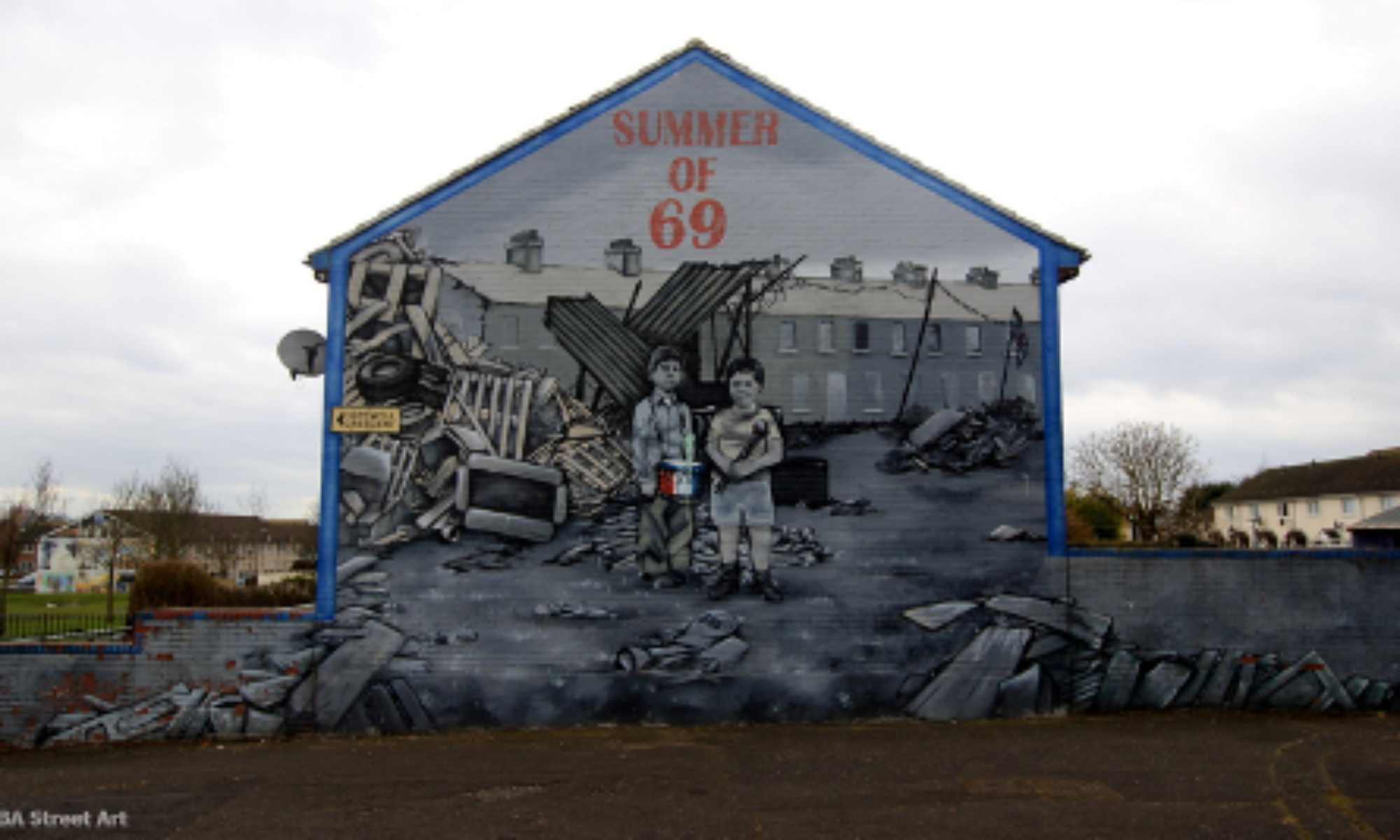What struck me most from our discussions this week on the writings of Martin Luther King, Jr., was the arc of King’s views on nonviolence versus violence as means for social change. Many movements of 68 devolved into violence, with historians today questioning whether any of those movements fully achieved their goals as they fell apart due to factional disputes and as violence obscured their messages. King is unique in his strong advocacy for nonviolence during this tumultuous time. He is often heralded as the “good” civil rights leader, with Malcolm X painted as the “bad” leader often left out of the saccharine civil rights narrative many of us learned in elementary school. However, throughout King’s writings, we can see how his understanding of violence became more nuanced as the civil rights movement progressed. To be sure, he never wavered from his call for nonviolence as the method for social change. In fact, in his final speech I See the Promised Land, he argued that “it is no longer a choice between violence and nonviolence in this world; it’s nonviolence or nonexistence.” He recognized the need for an approach rooted in love and peaceful protests, with the end goal of reconciliation between races, and he understood the dangers of using violence, which perhaps would have achieved more immediate change but at the risk of fostering separatist ideology and further alienating those moderates on the fence on the issue.
However, as the civil rights movement continued into the late 60s with only slow progress toward racial equality, King’s approach, while never violent, nonetheless grew more militant as frustrations rose. In Black Power Defined, he called for the use of boycotts, strikes, and the power of the vote to destabilize the racist power structures of the United States. In his Letter from a Birmingham Jail he advocated for nonviolence as a way to elicit the underlying tensions within the racialized American society, and he vented his frustration with the white moderates who condemned the nonviolence as “unwise and untimely.” He argued that Black Americans could not wait any longer, could not be denied the freedom of speech and assembly anymore, because any further repression of their rights to protest nonviolently would beget “ominous expressions of violence.” King saw the fine line between accepting blows nonviolently and becoming so consumed with frustration that violence would become the language of the movement. But to him the values of nonviolence outweighed the possible gains from violence. This is something that made him unique among the leaders of 68—that in a time of chaos and bloody conflict, he refused to resort to the tactics wielded against him.
So yes, King was nonviolent, but he was not the flat peace-loving figure that has been romanticized in US history textbooks. He called for a radical change in the structure of American institutions, did not shy away from tension, and advocated for the use of ideological, economic, and political power to defend the rights of the Black community. Death threats constantly loomed over him, and his work was cut short by his violent assassination in 1968. Reading his speeches has shattered my sugarcoated image of the civil rights movement, and his ideas have illuminated more clearly the fine line between nonviolent protest and violence that was so often crossed in 68.
